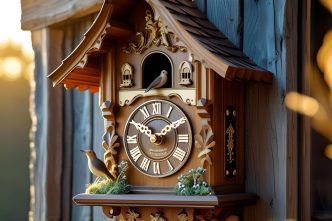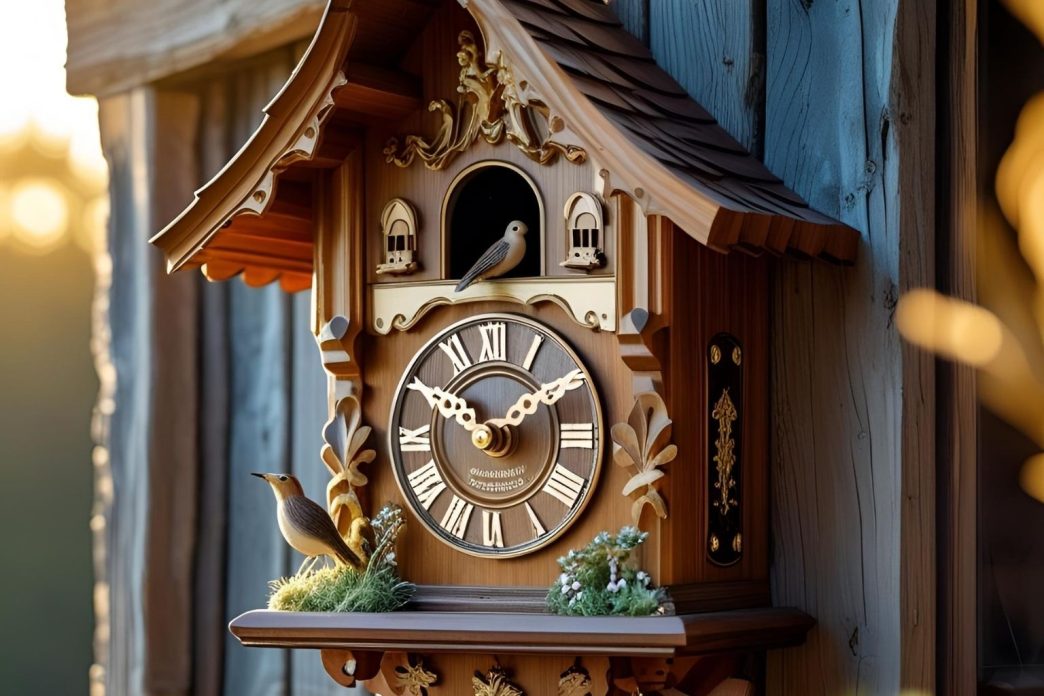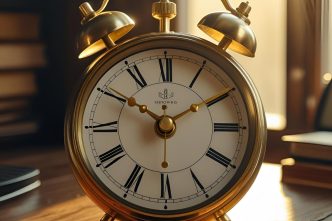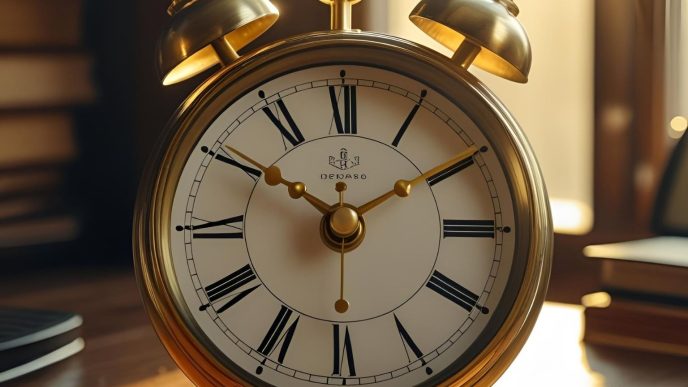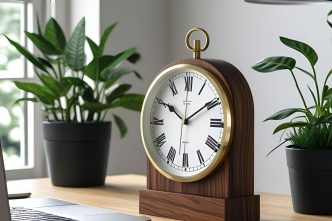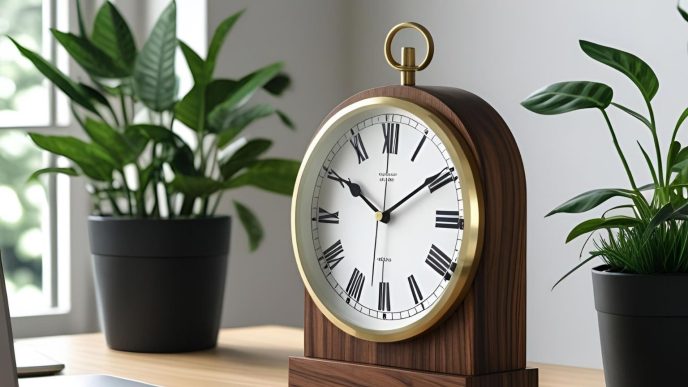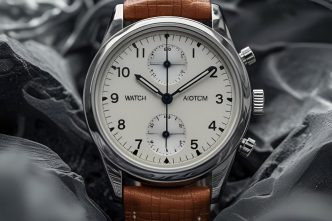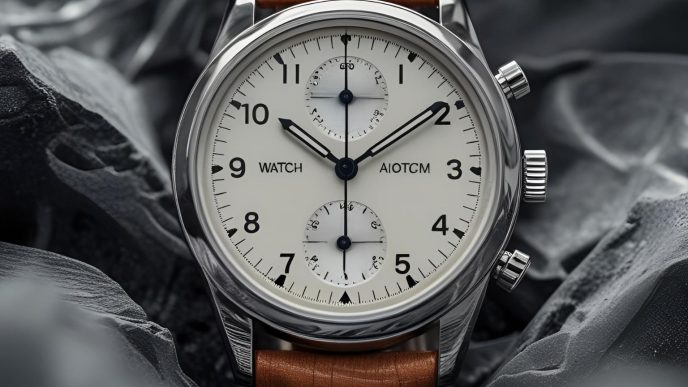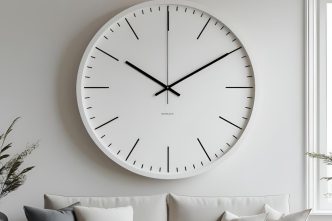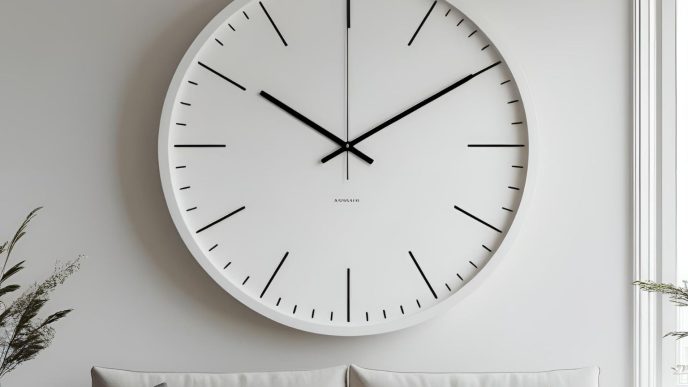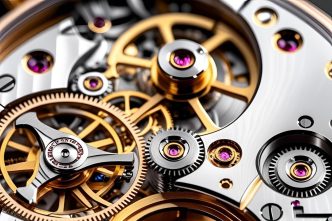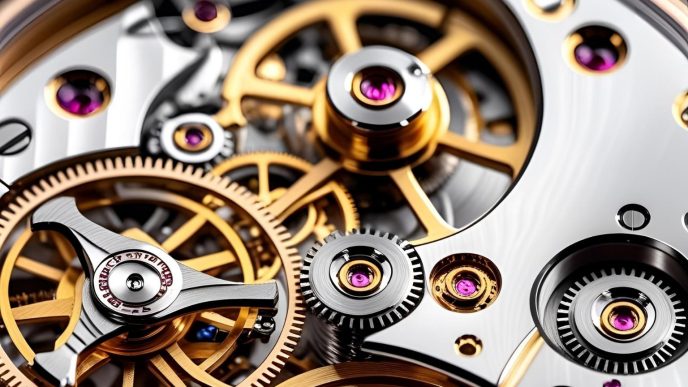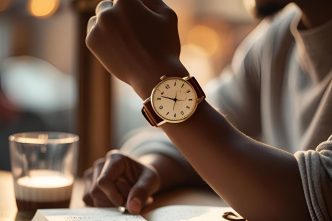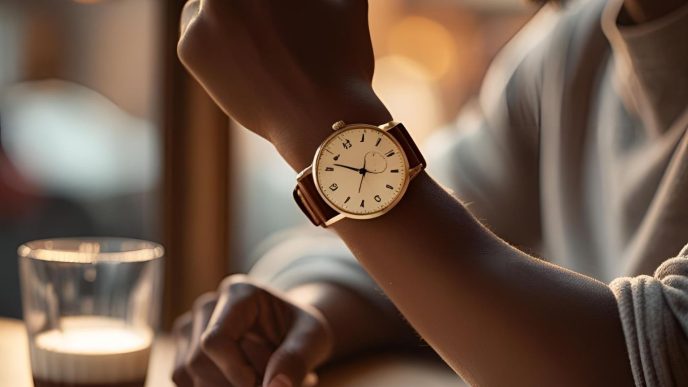Once seen as a relic of alpine cottages and old-world charm, the cuckoo clock is making an unexpected comeback in modern interiors. With a rich history and bold redesigns, these whimsical timepieces now sit proudly in both traditional homes and urban apartments.
Here’s a look at the evolution of cuckoo clocks, and why they’re back in style in 2025.
1. A Brief History of the Cuckoo Clock
- Origin: Believed to have originated in the Black Forest region of Germany in the early 18th century.
- Known for their mechanical cuckoo bird that pops out on the hour.
- Traditionally carved from wood with leaf, bird, and chalet motifs.
- Used weights, chains, and pendulums for mechanical movement.
2. Classic vs. Modern Cuckoo Clock Designs
🔹 Traditional Style:
- Ornately carved wood (oak, walnut)
- Hunting, forest, or alpine chalet themes
- Handcrafted details and mechanical cuckoo
🔹 Contemporary Style:
- Minimalist silhouettes with bold color blocks
- Quartz or battery-powered movement
- Some use LED cuckoo sounds or subtle chimes
- Perfect for Scandinavian, Japandi, and eclectic decor
3. Why Cuckoo Clocks Are Trending Again
- Nostalgia meets novelty: Millennials and Gen Z love the quirky heritage feel.
- A strong sense of craftsmanship and authenticity
- Conversation piece in any room
- Appeals to collectors and design lovers alike
4. Things to Consider When Buying a Cuckoo Clock
- Mechanical or Quartz: Do you want a traditional wind-up or modern battery-powered clock?
- Night mode/silencer: Some clocks mute cuckoo sounds at night automatically.
- Size & mounting: Make sure you have enough wall space and a secure mount.
- Origin: Authentic German clocks often carry “VDS” certification.


